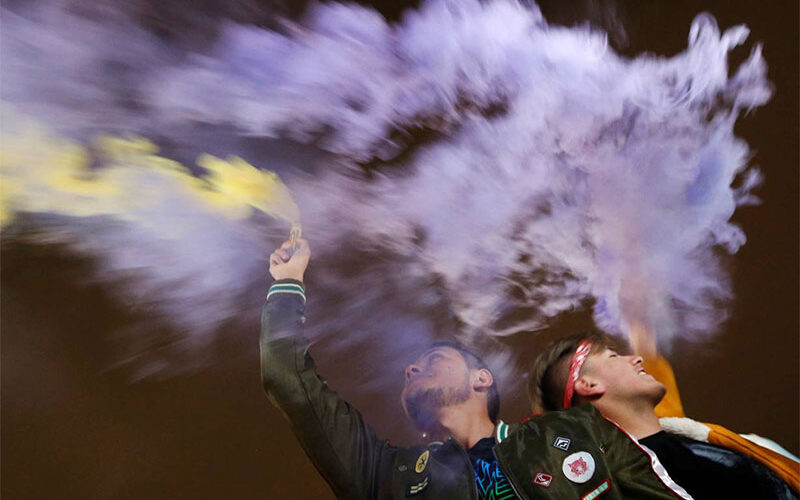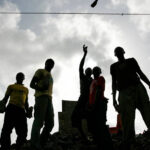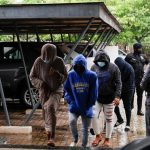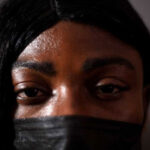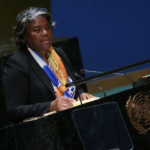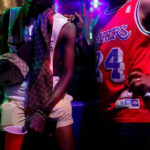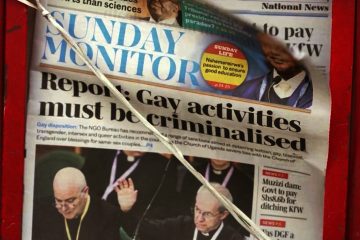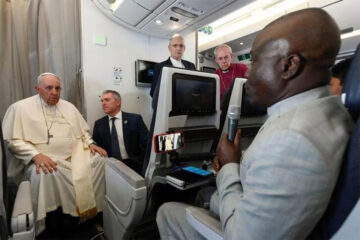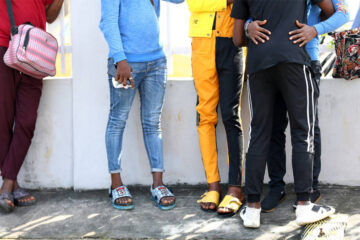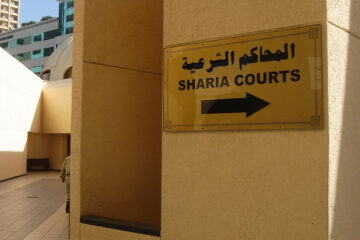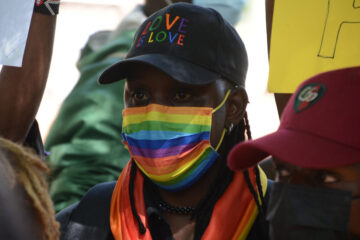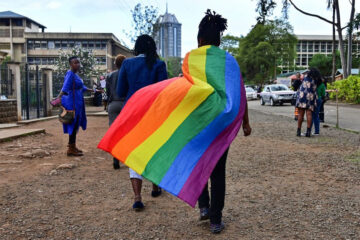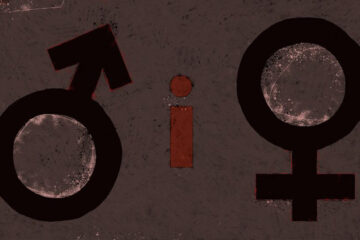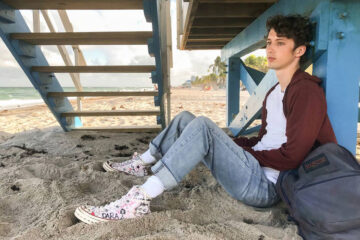SAHAR MOAZAMI and DAINA RUDUSA | OUTRIGHT ACTION INTERNATIONAL
OCTOBER 29, 2020, marked 20 years since the Security Council unanimously adopted resolution 1325, thereby recognizing the unique impact conflict has on women. This was the first document to draw attention to sexual and gender-based violence in conflict areas and to call for the inclusion of women in peace and security work.
Twenty years on, inclusion of LGBT+ people in peace and security work is still sorely lacking, or even purposefully excluded despite growing visibility of lesbian, gay, bisexual or transgender people by multilateral organisations, and big strides having been taken in the recognition of their human rights.
It is time for that to change.
The prevalence of gender-based and sexual violence in conflict is not coincidental. It is core to armed conflict. Bodies are seen as up for grabs, as legitimate spoils of war.
Gender-based violence stems from an outdated understanding of how we need to be, look and behave as a woman or a man. They are steeped in a deeply traditional view of the world.
Anyone who in some way falls outside those norms, or dares to challenge them, can become a target of gender-based violence. As LGBT+ people, we challenge traditional gender roles and norms by our very being. Our gender identities, how we express them, whom we love and how we show it – all challenge these norms and expectations. It is no wonder that gender-based violence is the most prevalent form of violence we face even outside of armed conflict.
Just as sexual and gender-based violence against women soars in times of conflict, so does violence against LGBT+ people. For example, during the decades-long armed conflict in Colombia, the scale of sexual violence was enormous. But documentation by civil society organization Colombia Diversa shows that so was violence against LGBT+ people.
FARC guerrillas saw issues around homosexuality and gender identity as a product of capitalist societies, which stood in stark contrast to the kind of society they were fighting for. Through sexual and gender-based violence they strived to create “real men” and “real women”.
Moreover, LGBT+ people are also invisible in humanitarian responses that are typically organized in more traditional ways.
According to civil society organization Edge Effect, emergency shelters and refugee camps tend to be organized by family, but these are defined as a man, a woman and their children, excluding same-sex families.
In the aftermath of the Haiti Earthquake, food was distributed to women as the “carers” of the family, which excludes trans and gay people. After the Indian Ocean Tsunami, trans and third gender people were denied emergency food rations, cash handouts, and emergency shelter as their ID cards did not match their gender identity or expression.
Why does this exclusion happen? It could be due to lack of knowledge of the challenges faced by LGBT+ people in conflict and crisis, and how to make responses inclusive. But more likely the exclusion stems in the same systems which cause gender-based violence – deep seated perceptions of LGBT+ people as somehow “other” and “threatening” to the norm.
More than five decades after the start of the modern LGBT+ movement, excuses of lack of awareness or security concerns are just that – excuses.
And they are no longer good enough.
It is well-established that LGBT+ people have existed, do exist and will continue to exist everywhere. The understanding that gender is not just the sum of our body parts has been core to feminism for decades. Every single person has a gender identity and a sexual orientation, and that is central to understanding gender as a whole.
If we actually want to understand the full implications of conflict, we need to address the violence that LGBT+ people are facing.
Without the inclusion of this aspect in the peace and security agenda, we will never achieve sustainable and long-lasting peace – the ultimate goal of the United Nations.
Sahar Moazami is UN Program Officer and Daina Ruduša is Senior Communications Manager at LGBT+ rights organisation OutRight Action International

